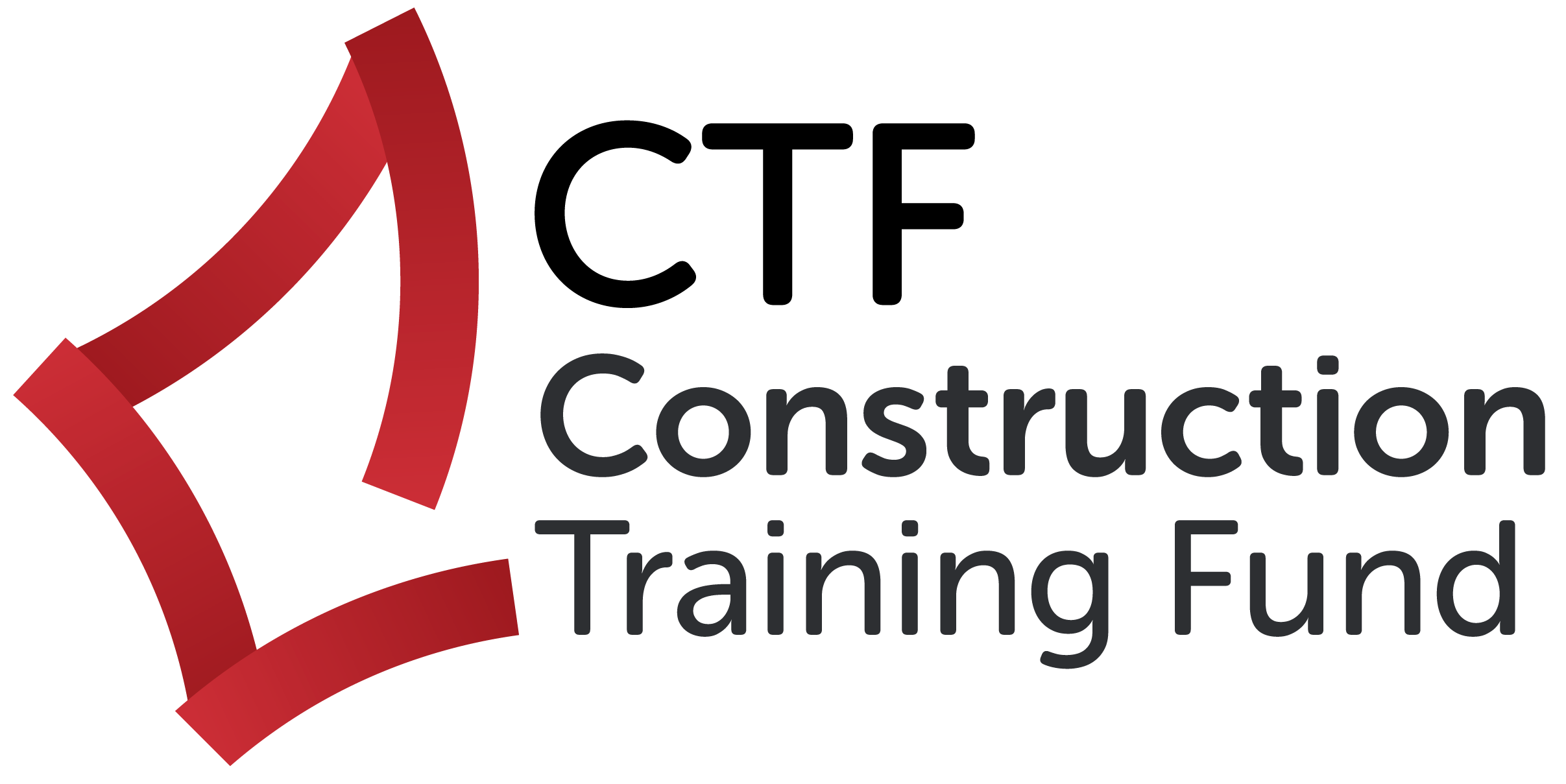Employing an apprentice in WA can help you meet the demand for new construction projects and set your team up for stronger project outcomes, whilst ensuring your business remains highly competent and relevant. It’s an ‘earn while you learn’ kind of situation. They study the theory at a Registered Training Organisation and you take them under your wing to supervise and train them up in the practical side of your given trade.

At CTF, we provide employers just like you, with support to build your business and offset the costs of employing an apprentice. Our Apprenticeship and Traineeship Grant for Employers provides funding support to employers to ensure the construction industry is skilled and supported.
Thinking of employing a construction apprentice or trainee? You may be eligible!
So, how do you employ an apprentice here in WA? Keep reading to find out.
Why employ an apprentice?
There are several benefits when you employ an Australian Apprentice, both to your business and the community. Let’s take a look.
- Competitive advantage
You’re the one investing in your apprentice’s training. This allows you to teach them your business’s way of doing things, which could lead to an effective and unified approach across all your employees and apprentices for each of your jobs.
- Positive impact on your community
Not only is hiring an apprentice a good investment into your own business, it also invests in the future of the building and construction industry in Western Australia.
Additionally, you’d be giving others an opportunity to grow in their skills and potential.
- Incentives
Employing an Australian Apprentice means you could be eligible for incentives and support from CTF to support your business in the costs, you may also be entitled to receive government incentives too. Visit the Australian Apprenticeships website for more information.
What are your responsibilities?
To make sure everything is done right and that apprentices receive proper training, there are certain responsibilities for both employers and apprentices. These remain largely the same whether you decide to employ an apprentice directly or through a Group Training Organisation (GTO).
Employer Responsibilities
- Supporting your apprentice’s skill development from novice to tradesperson standard
- Providing a safe and appropriately supervised workplace environment
- Providing on-the-job training
- Monitoring off-the-job training - when going through a GTO, the GTO would do this
- Normal employer obligations – if going via GTO, the GTO would be considered the employer and therefore responsible for their wages, superannuation and so on
Apprentice Responsibilities
- Pursuing a qualification (Certificate II or above)
- Engaging and committing to personal training, both on and off-the-job, from novice to tradesperson standard
- Maintaining appropriate workplace behaviour and performance
What are the steps to employing an apprentice?
There are two ways to go about employing an apprentice in WA and both have a different hiring process. One way is Direct Indenture (DI) and the other is going through a Group Training Organisation.
Direct Indenture
Being a Direct Indenture (DI) employer means you hire an apprentice through your business. It’s a 3-4 year commitment during which you work with a Registered Training Organisation (RTO) to train the apprentice.
Here are the steps to employ an apprentice in WA via Direct Indenture (DI):
1. Recruit your apprentice
An apprentice can be any working aged person, 15 years and older. To source an apprentice directly, try:
- Advertising online or in the paper
- Local schools
- Pre-apprentice courses through TAFE or other RTOs
- Your own network (friends, family, colleagues)
- Contact your nearest AASN
2. Sign up your apprentice
Once you’ve found your apprentice, organise the signing of a Training Contract by contacting an Apprentice Connect Australia Provider (ACAP) after which, the agreement will be legally binding. You’ll also need to organise your apprentice’s training at an RTO.
3. Train your apprentice
Once your apprentice is on board, the training begins. This is done with a mix of on and off-the-job training. Roughly 85% of the time is spent training on-the-job with you, learning the practical side to the job. The other 15% is when the apprentice has more theory-based learning through an RTO. As their employer, you should monitor their progress and results.
The main goal is to help the apprentice develop their skills up to tradesperson standard.
4. Qualified apprentice
A successful end to an apprenticeship is a qualified tradesperson on your team. Hooray!
Your apprentice will need both you and the RTO they’re training with to say that you’re confident they’re up to standard to get their qualification.
Group Training Organisation
Going through a Group Training Organisation (GTO) is cost-effective for you and your business as a GTO hires the apprentices and manages the administration and contractual work. Read more about taking on an apprentice through a GTO here.
The steps to hosting an apprentice via GTO include:
- Researching GTO's
Research which GTOs are in your area. This will inform you which GTOs specialise in your industry and the services they offer.
2. Contacting the GTO
When you’ve found the GTO you think you’d want to work with, reach out to them to discuss your business’s needs and to determine whether they’re the right fit for you.
3. Providing information
Once you determine which GTO you’ll be working with, provide them with the details, duties, responsibilities and any other relevant information of the apprenticeship training your business provides.
4. Selecting your apprentice
With the information you provide, the GTO will select a few apprentices on their end who will fit your needs and the needs of the apprentices. You can then choose from this list.
5. Signing a contract
Once your apprentice selection is complete, a contract will be provided by the GTO for you to sign, agreeing to the terms and conditions of the apprenticeship.
6. Onboarding
The onboarding period is essential to orientate the apprentice in their role and responsibilities in your business. It also gives you the time to provide the apprentice with any tools or training necessary in their new position. The GTO, as the apprentice’s employer, will assist and support during this time as well as throughout the duration of the apprentice’s time in your business.
7. Training the apprentice
While the apprentice is under your care, you’re responsible for the apprentice’s on-the-job practical training. You will need to release the apprentice for their off-the-job training, which often includes practical components they may not be exposed to during time spent with their employer. The GTO will monitor this, as well as their overall practical training, ensuring they meet all requirements.
Ready to employ an apprentice?
By hiring an apprentice, not only are you ensuring strong development of the industry's workforce, you’re also increasing loyalty in your staff by investing time and money into training them. This helps them feel motivated, valued and grateful to join a skilled team – often, these feelings lead to lower staff turnover too.
Apprentices are valuable to help build your business, efficiency, and economy. When you take on an apprentice, you have the unique opportunity to guide and mentor the next generation of workers, as well as access extensive support and incentives.
Whether you decide to employ an apprentice directly or through a GTO, CTF is here to help you do it!
Contact CTF today to find out more.
Last modified on:

